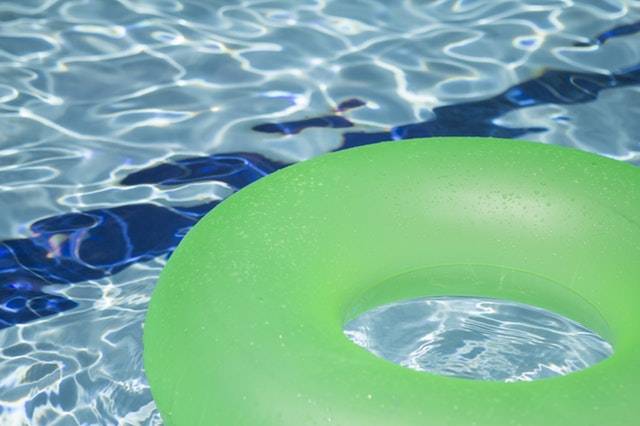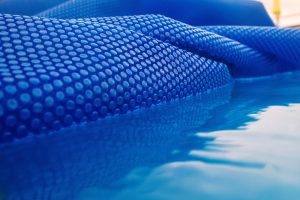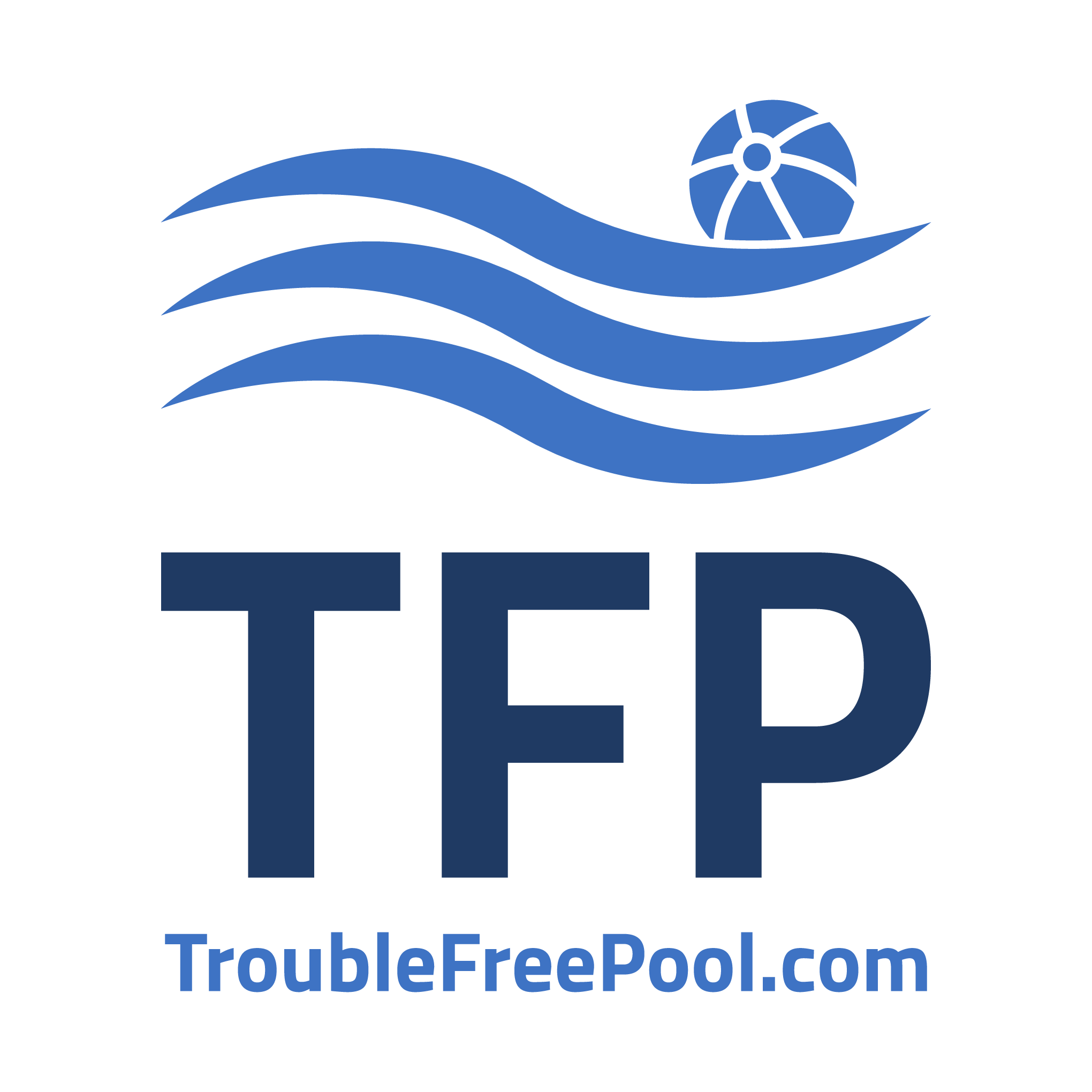Hi everyone, I started maintaining my pool a few weeks ago completely new to this after letting go of my pool guy.
Started getting algae about 2 weeks ago, mostly along the sides, now I’m seeing it on the bottom.
Brushed it down, and I’ve been making sure my FC is between 8-10. I’ve only been using liquid chlorine. pH 7.6-8.0.
My cya is between 70-80. From what I’ve been reading, that’s on the higher side, which why I’ve been only using liquid chlorine. Is it cause cya is too high?
The algae comes back a few days later.
What am I doing wrong? Appreciate any advice you all can give me!
Started getting algae about 2 weeks ago, mostly along the sides, now I’m seeing it on the bottom.
Brushed it down, and I’ve been making sure my FC is between 8-10. I’ve only been using liquid chlorine. pH 7.6-8.0.
My cya is between 70-80. From what I’ve been reading, that’s on the higher side, which why I’ve been only using liquid chlorine. Is it cause cya is too high?
The algae comes back a few days later.
What am I doing wrong? Appreciate any advice you all can give me!







